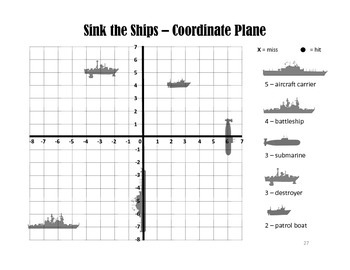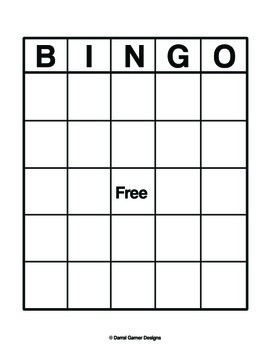Math Resources
Sunday, 31 May 2020
Percents Less Than 1 and Greater Than 100
An activity that is relevant to these times could be a project on the effects of COVID-19. Students can look at the effectiveness of different measures taken by governments and populations. They can research the population vs the number of people infected and the number of deaths. They can extend it to look at the number infected at different times. Students can easily extend it by going more in depth and looking at multiple factors. They will do a write up after they are done their calculations to show their understanding of what percentages mean.
Discrete Linear Relations
This activity is to get students to practice graphing points. Students will play battleship, based on this activity: https://www.teacherspayteachers.com/Product/Battleship-Activity-Common-Core-Graphing-on-a-Coordinate-Plane-887295
Pair students up and give them a blank cartesian plane. They will each plot their ships, and then guess where each others ships are using the coordinates. Make sure to cut out the ships for students ahead of time, or you can tell students how many squares each ship should be. Many students will be familiar with the game, so it could be fun to have them explain the rules and get one to scribe on the whiteboard.

Pair students up and give them a blank cartesian plane. They will each plot their ships, and then guess where each others ships are using the coordinates. Make sure to cut out the ships for students ahead of time, or you can tell students how many squares each ship should be. Many students will be familiar with the game, so it could be fun to have them explain the rules and get one to scribe on the whiteboard.

Operations With Fractions
This is a great hands on activity to reintroduce fractions and make sure students are starting off with a strong base: https://m.youtube.com/watch?v=PmWnMtLBJZM
This can easily be extended to operations with fractions by having students add together different fractions and see what they make. They can explore why you don’t add the denominator when you add fractions. They can explore why you find a common denominator, and why it needs to be a multiple and not a factor.

This can easily be extended to operations with fractions by having students add together different fractions and see what they make. They can explore why you don’t add the denominator when you add fractions. They can explore why you find a common denominator, and why it needs to be a multiple and not a factor.

Numerical Proportional Reasoning
This is a great activity to finish off the unit! It uses shark teeth compared to the size of their body to try to find the size of a megalodon. The post goes through a great way to plan the lesson: http://mrpiccmath.weebly.com/blog/3-acts-megalodon


Two-Step Equations and expressions
This activity is to review two-step equations and expressions. It's a very simple bingo game, I used it in my class and it worked really well. Students were really engaged the whole time. Give students a blank bingo card and get them to fill in the numbers from 1-24, with the middle being a free space. Then, I just used a number generator on google to pick the number for the answer. I made up an equation where the answer is that number, and wrote it up on the projector. You can also come up with equations beforehand, and draw them out of a hat, it just depends on your comfort level! I walked around when students were answering the question and picked someone who had the right answer to come up and write what they did. They had a lot of fun coming up and using my iPad to write the answer for everyone to see. You can prove the answer is correct to practice expressions as well!


Surface Area, Volume and Construction, Views and Nets of 3D Objects
This is a great activity to get students introduced to this topic! Since it’s using rectangles, which are a basic shape that students are familiar with, they should be able to figure it out without much guidance! This link gives a great description on how to run the lesson: http://mrpiccmath.weebly.com/blog/3-acts-pop-box-design
Pythagorean Theorem
Prove the Pythagorean theorem with origami! All you need is a piece of paper for each student. Use this video as a reference: https://m.youtube.com/watch?v=z6lL83wl31E

Subscribe to:
Comments (Atom)
Percents Less Than 1 and Greater Than 100
An activity that is relevant to these times could be a project on the effects of COVID-19. Students can look at the effectiveness of differe...
-
This activity is to introduce perfect squares and cubes. The idea behind it is to have students discover why these numbers are called perfec...
-
This activity is to visualize irrational vs rational numbers. When introducing students to the idea of irrational numbers, have students dra...
-
https://burnabyschools.ca/indigenouseducation/wp-content/uploads/sites/4/2019/01/logic-games3.pdf This is a really great lesson plan to in...
